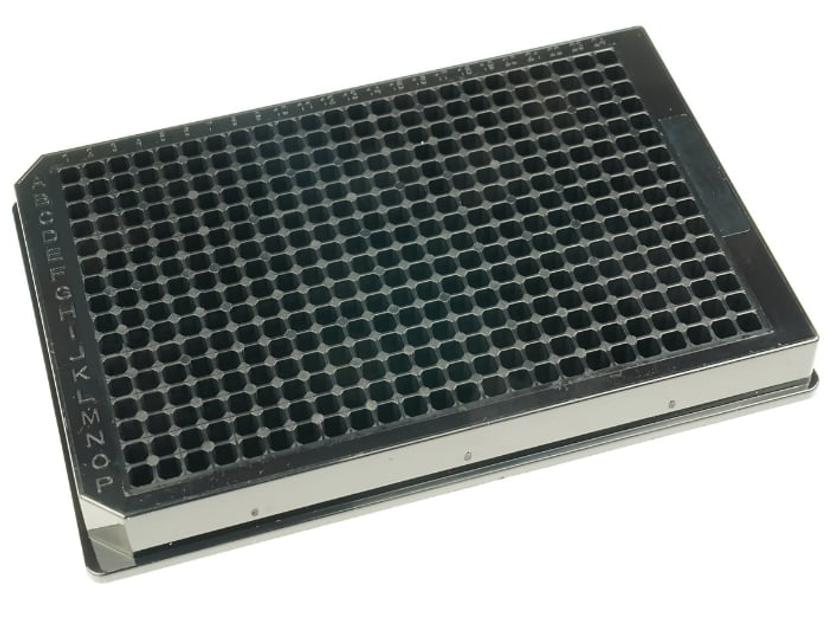UV-clear microplates for DNA purity checking
Azenta Life Sciences presents Ultra Optically Clear assay plates, for DNA purity measurements
23 Feb 2024

Ultra Optically Clear assay plates from Azenta Life Sciences provide high optical transmission in the UV waveband, which will benefit labs tasked with DNA purity measurements performed at 260/280 nm. The high UV waveband transmission of these plates is derived from an ultra-clear cyclic olefin copolymer (COC) base, which gives results by delivering low background absorbance and low autofluorescence.
Using a proprietary laser welding technique to attach a thin 70 um COC base to an opaque frame, the optical clarity of the plates combined with their low background noise delivers high transmission of signals at low UV wavelengths compared to standard optically clear bases made from glass or polystyrene. The optical performance provided by Azenta Ultra Optically Clear assay plates allows for the undertaking of DNA purity measurements in the plate well, without removing any sample, thus reducing sample loss, and improving throughput in automated workflows.
Manufactured from COC, Azenta Ultra Optically Clear assay plates are not only more robust than quartz-based assay plates, but also offer excellent chemical resistance to a wide range of solvents including dimethylsulfoxide (DMSO), ketones and alcohols which are known to degrade standard polystyrene plates.
To safeguard their optical surface from scratches and ensure consistently clear results, each plate comes with a protective film. Additionally, the assay plates are free from DNase, RNase, and human genomic DNA.
Each Ultra Optically Clear assay plate features an alphanumeric grid enabling well and sample identification. If required, the plates can be supplied with a low-profile lid to help preserve sample integrity or barcoded to help streamline automation.
